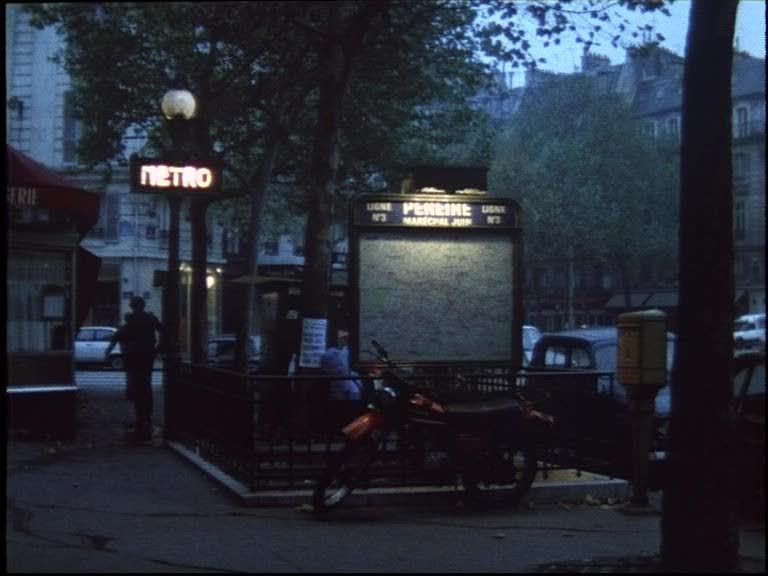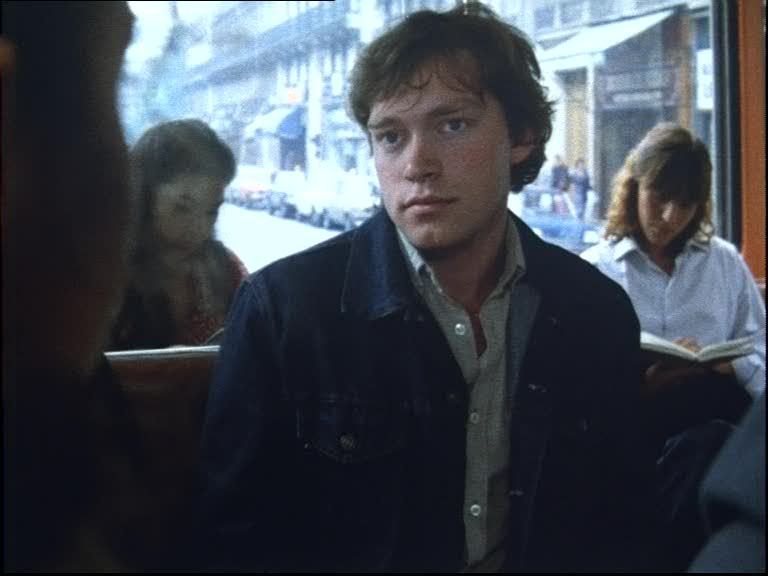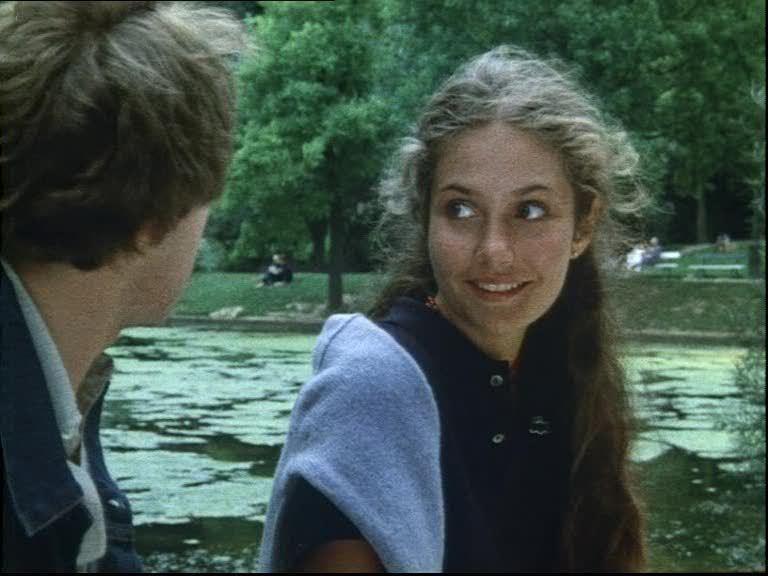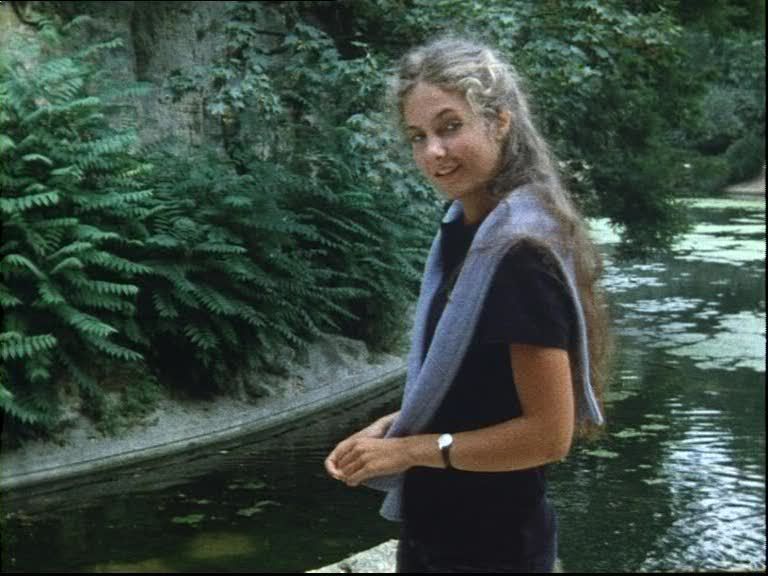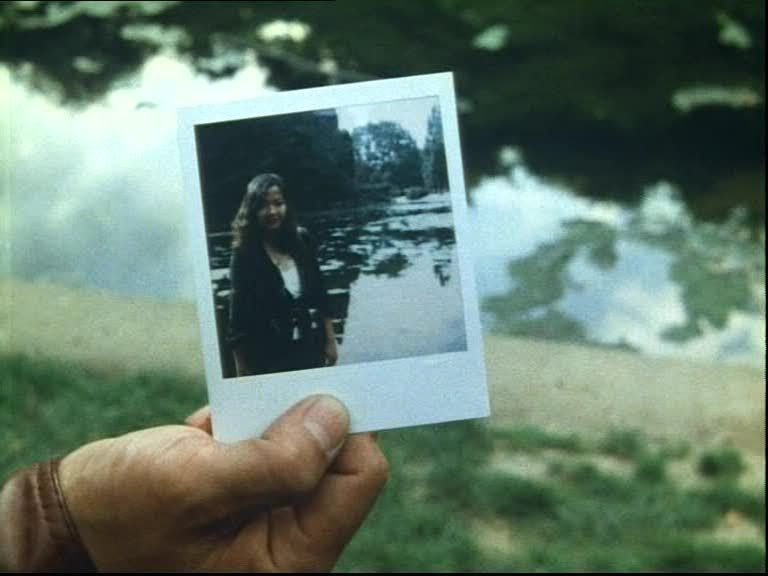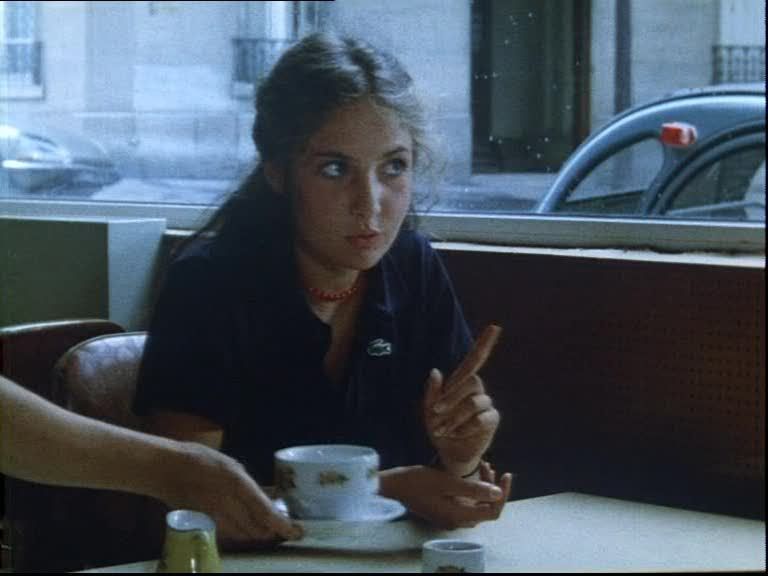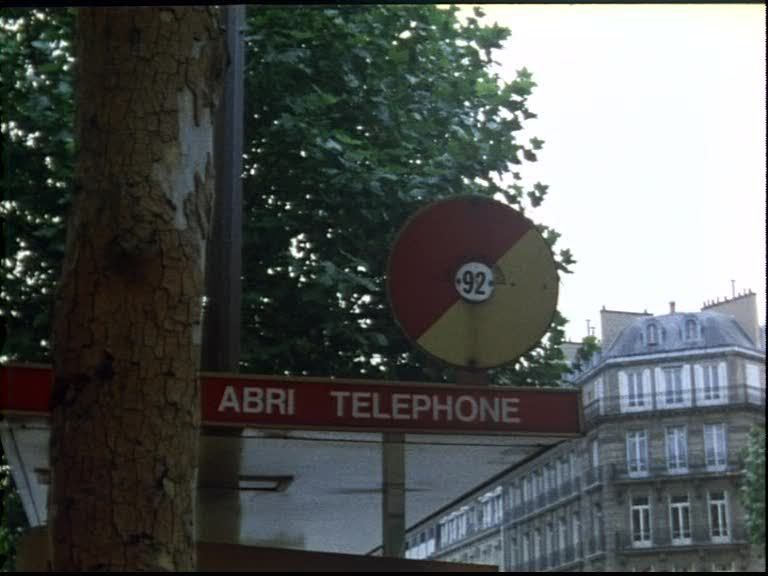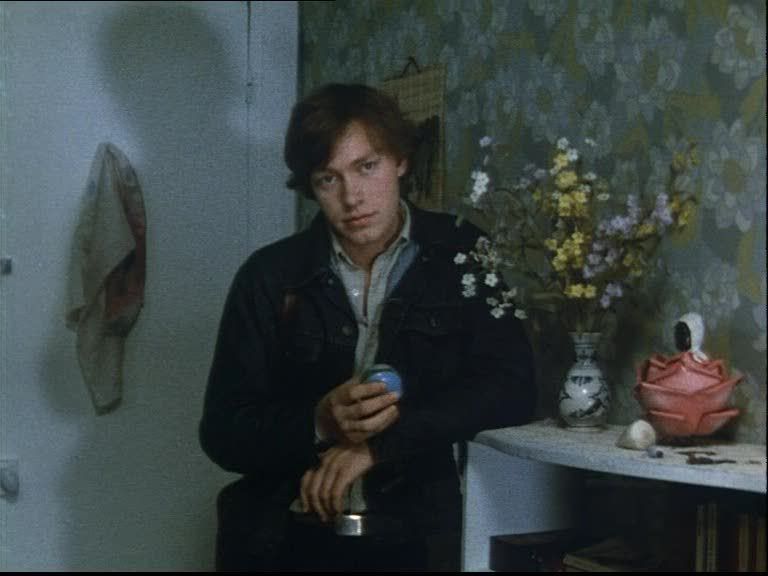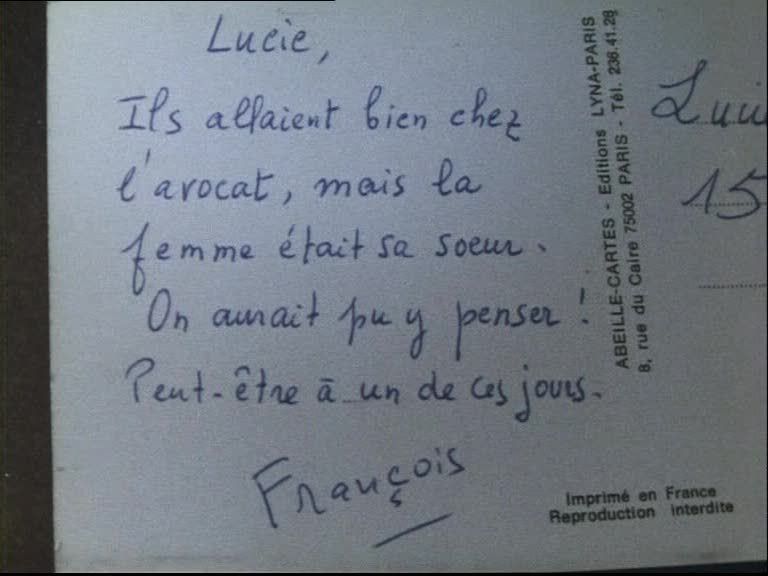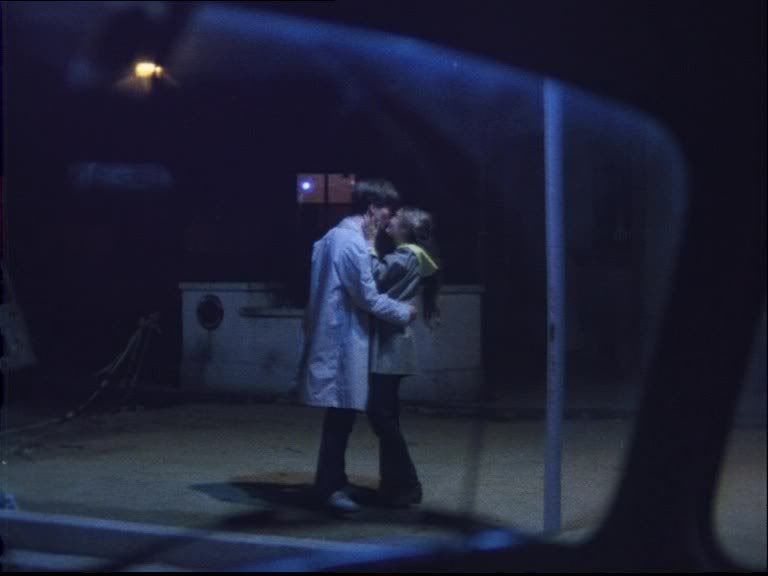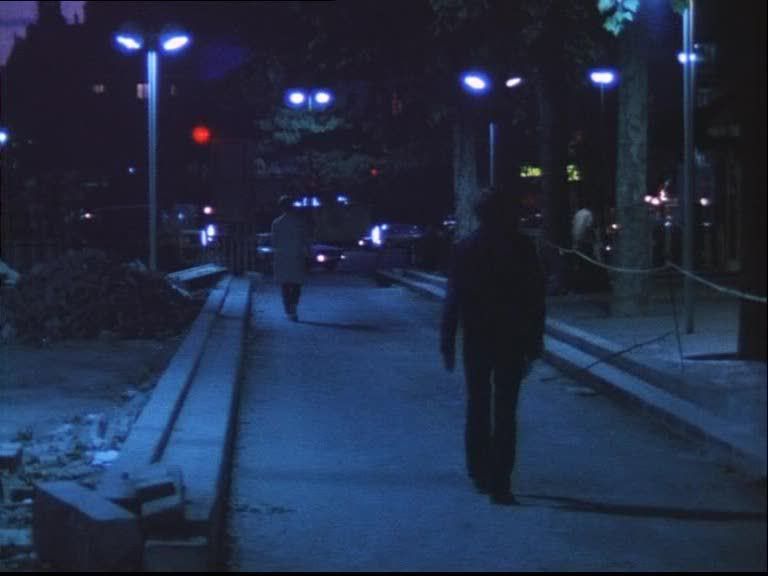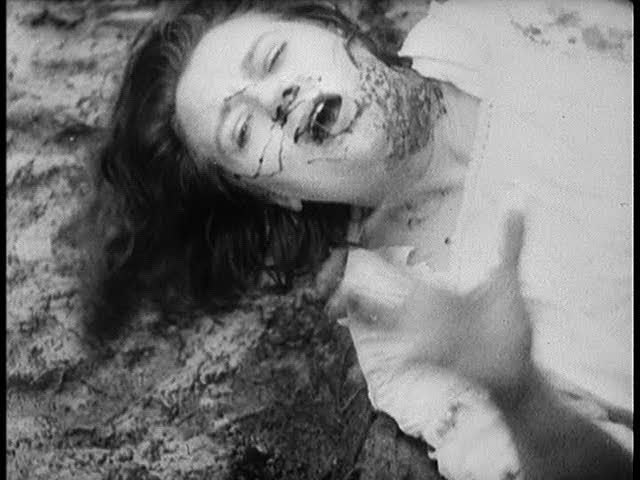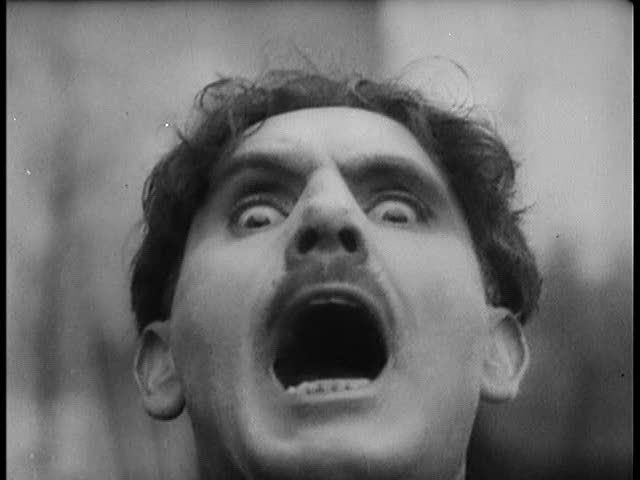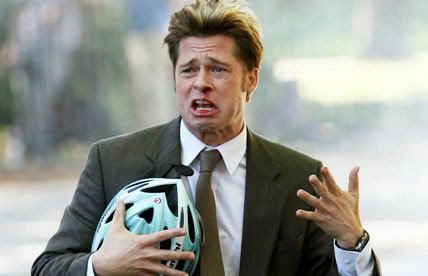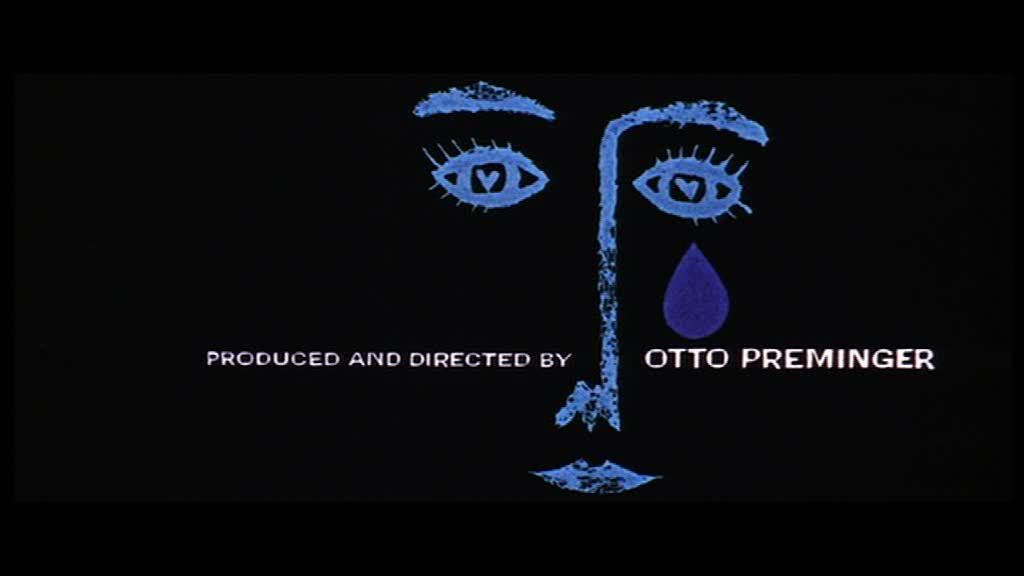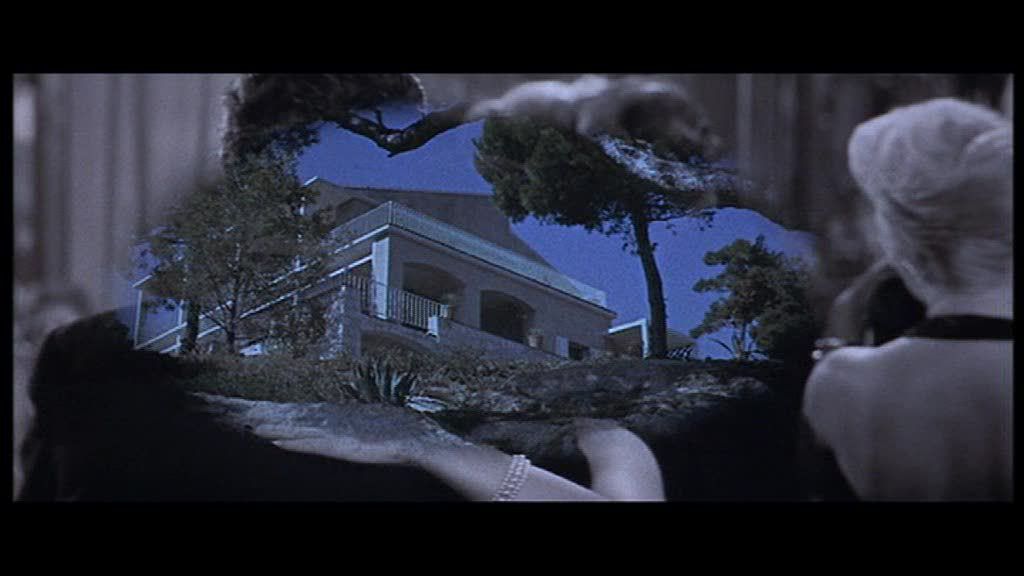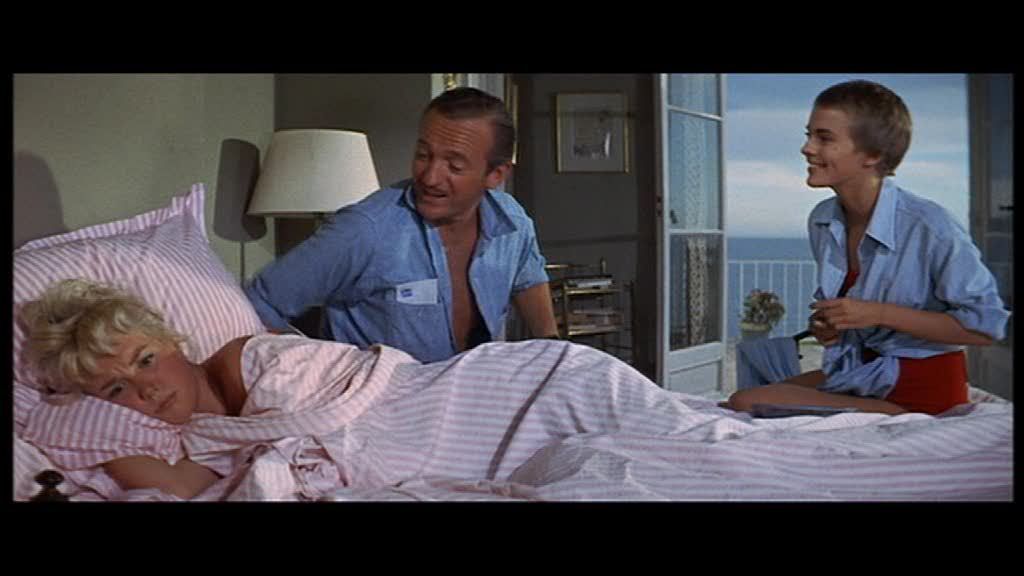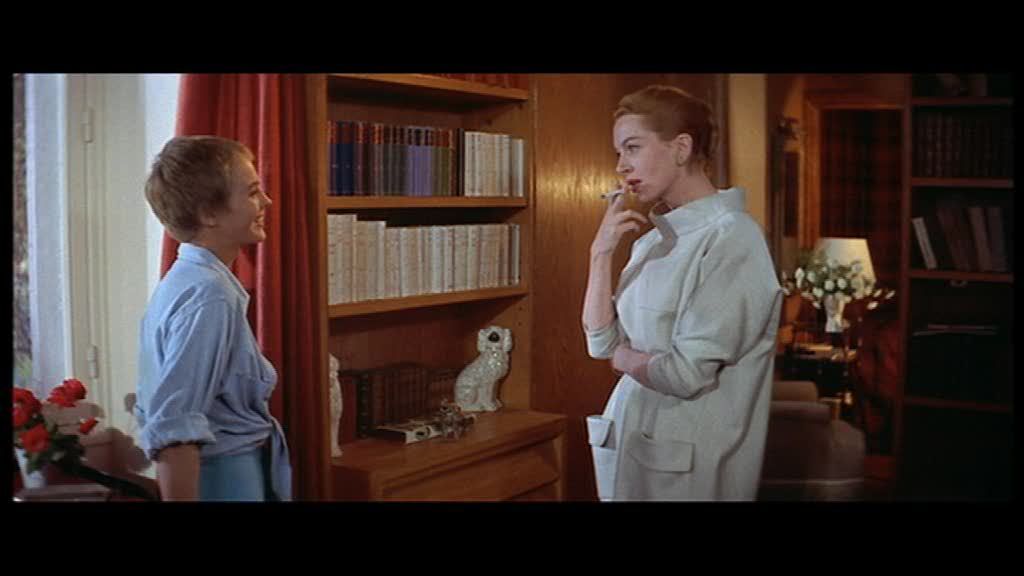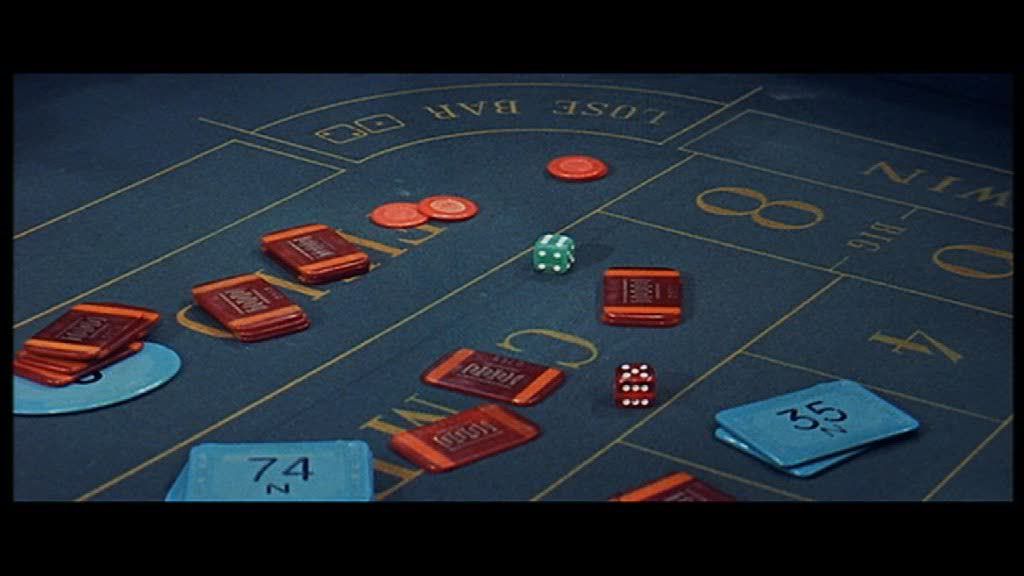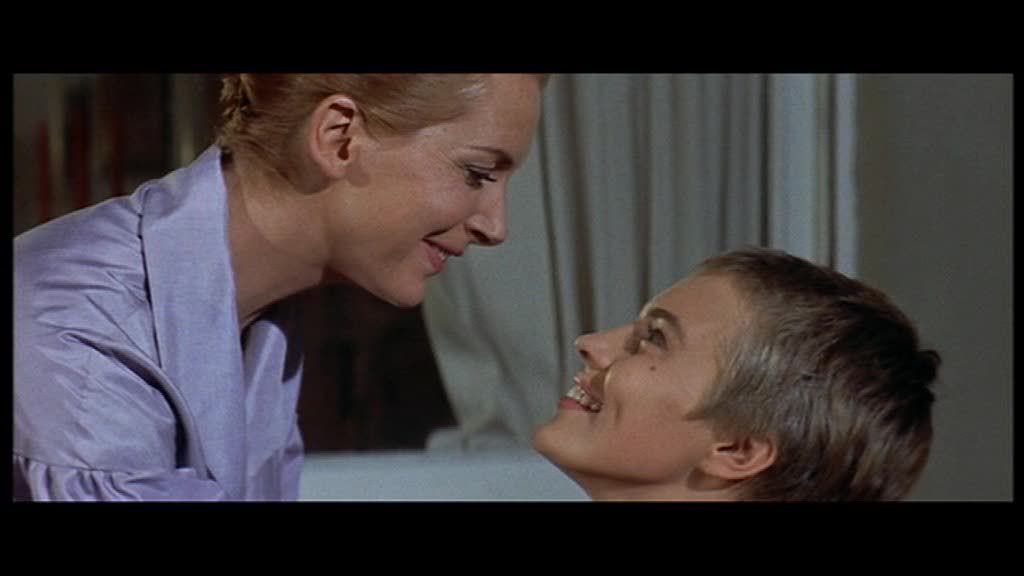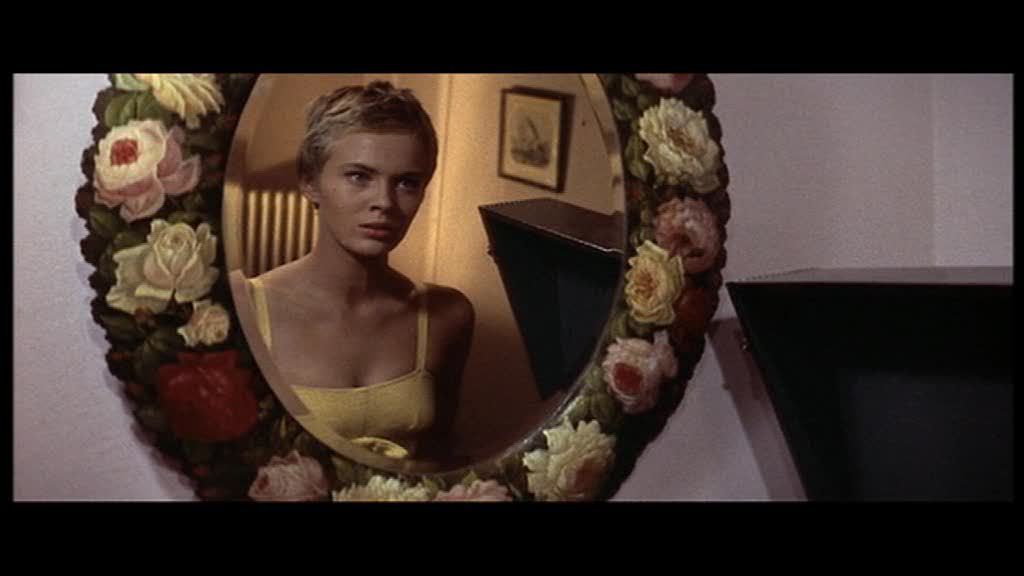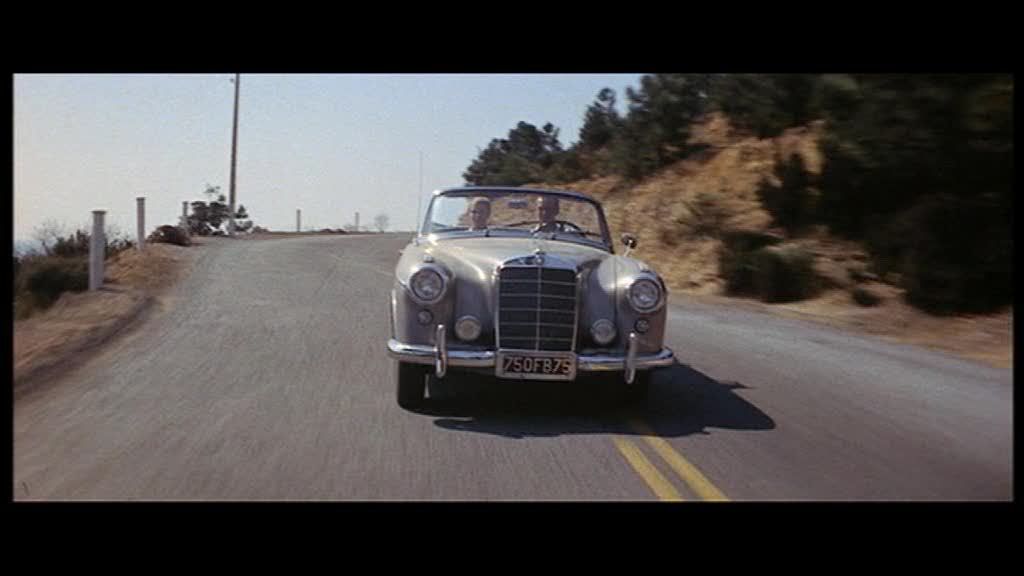
For such an angry, caustic film,
Deconstructing Harry is almost shockingly entertaining, turning rage and neurosis into a vaudevillian blend of fantasy and imagination, a series of comic skits that flow into and out of the problems of the "real" world. With this film, Woody Allen confronts head-on the assertions of critics around the time of his 1980
Stardust Memories, which many interpreted as an autobiographical expression of Allen's own antipathy towards his fans and admirers. Although Allen has always maintained that his films are not autobiographical — at least not directly —
Deconstructing Harry presents a character who
does turn his life into art in this way: Harry Block (Allen), a successful novelist who is continually recycling his own life, and the lives of those close to him, into his books with only the thinnest of disguises laid over the real incidents and people. He is someone who, as he realizes eventually, is more comfortable living in fiction, where he can control and manipulate what happens, than in the chaos and unpredictability of reality. His stories sometimes reflect his psychological state, as in a hilarious short story where an actor (Robin Williams) becomes out of focus with the rest of the world, eventually requiring his wife and kids to wear special glasses in order to see him correctly. More often, though, the stories Harry writes are direct reflections of events in his life, especially his three somewhat tortured marriages and endless affairs — his lovers, wives, and friends show up, in slightly altered form, throughout his novels.
The form of the film incorporates Harry's fictions and Harry's reality on a more or less equal plane, assembling a massive cast to play both the real-life people and their fictional counterparts. The film shifts subtly and seamlessly back and forth between the two states, presenting a collage of incidents that reflect Harry's life both as he sees it and as it really is, often making clear the differences between the two. These differences are sometimes merely comic: an illicit sex scene between Harry stand-in Ken (Richard Benjamin) and Ken's wife's sister Leslie (Julia-Louis Dreyfuss) is played for broad comedy, and runs completely off the rails when Leslie's blind grandmother walks in at the very end, asking them to stop fixing martinis and walk her outside. In other cases, Harry's inventions are revealing, as when his novel turns his ex-wife Joan (Kirstie Alley) into the shrewish Jewish zealot Helen (Demi Moore) by incorporating details from the life of his half-sister (Caroline Aaron), who really did become a devout Jew after marrying an Israeli man. The way Harry takes details from his half-sister's life in order to make his ex-wife less sympathetic indicates his profound discomfort with religion, as does the over-the-top short story where he delves into the "dark secrets" in the past of a stereotypical Jewish father, who it turns out is secretly a murdering, philandering cannibal. The film is a prolonged analysis of Harry, using the material of his stories and his life to engage in psychoanalysis, literary critiques, and multi-layered investigations into what makes him tick.
This process of analysis is complicated, of course, by the addition of Allen himself into the mix. If Harry is a novelist who is more comfortable with his fictional characters than the real people they represent, where does that leave Allen, the man who himself created Harry and everybody else in the film? The film ends with Harry receiving a celebratory dream/fantasy recognition from the assembled throngs of his characters, who gather to applaud him and compliment his work. And though Harry's specific life story and cast of characters don't map particularly well onto Allen's own life, it is nevertheless tempting to see this valedictory finale as Allen's version of Fellini's famous denouement to
8 1/2, a parade of familiar faces from fiction and reality alike. This impression is aided by the revolving door cast, who gather all in one place only for the last scenes. The film brings together familiar Allen players like Julie Kavner, Judy Davis, Mariel Hemingway, and Julia Louis-Dreyfuss, their appearances inevitably recalling earlier Woody films — Hemingway especially, in her minimal role, is an echo back to one of Woody's most iconic moments in
Manhattan, and her shrill, angry character here indicates the gulf between the outlooks of the two films. If earlier Allen films were sometimes quietly nostalgic, warm, and funny in their treatment of the central neurotic character played by Woody himself,
Deconstructing Harry eliminates this sympathy and warmth. Harry is revealed for what he is, an egotistical jerk with little capacity for connection to those around him, a serial philanderer who rationalizes his inability to be faithful, and who nevertheless expects love and devotion in return. Harry isn't all that different from
Manhattan's perpetually immature Isaac Davis, realizing too late that he loves the girl he rejected — Elisabeth Shue's Fay takes the place of Hemingway's Tracy here — but where Isaac was likable and sympathetic despite his failings, Harry is pretty much an asshole.

There's little to like in Harry, and to the extent that it's a self-portrait, it's one in which the brushstrokes are furiously violent, an unflattering image of a whiny, insecure, horny little misanthrope. In a way, Harry is Woody Allen as depicted by his harshest critics over the years. Allen is taking the vitriol of the press, loading it into a gun, and aiming it at his own head. This is especially apparent in the scene where Harvey Stern (Tobey Maguire), a Woody stand-in by way of a Harry stand-in, invites over an Asian prostitute for a night of fun, and she arrives looking like an Eastern femme fatale from an old movie serial, the Dragon Lady come to life in a bright red kimono and dark purple lipstick. It's hard not to interpret this scene as Allen's response to the media frenzy over his relationship with Soon-Yi Previn, a baroque exaggeration of the seediness that Allen's critics saw in his romance with the much younger adopted daughter of his former lover Mia Farrow.
The film reaches its climax with Woody's glorious fantasy of Hell as seen through the eyes of Harry, who takes the opportunity of a story set in the underworld as a perfect chance for some Dantesque settling of grudges with those he hates. The story doesn't quite progress as expected, though, and Harry's self-analysis turns a new corner when he realizes that he no longer wants to condemn his father, who he movingly forgives and frees from Hell — though the old man would rather go to a Chinese restaurant than to Heaven. Harry descends into this vision of Hell, Orpheus-like, in order to rescue his love Fay from the clutches of his friend Larry (Billy Crystal), here reimagined as the Devil himself. Even this aspect of the plotting goes off the rails, though, and Harry must acknowledge that his attempts at controlling life through fiction are doomed to fail. Of course, his response is merely to transform this realization itself into fiction, reigniting the cycle of fantasy and reality that he sought to escape. Allen enters the film obtrusively at this point by literally illustrating Harry's state of mind: as Harry types a sentence about his character's "fragmented" life, the film stutters in a series of jumpcuts, as Woody, Harry, and Harry's character come together in the same cinematic framework.
